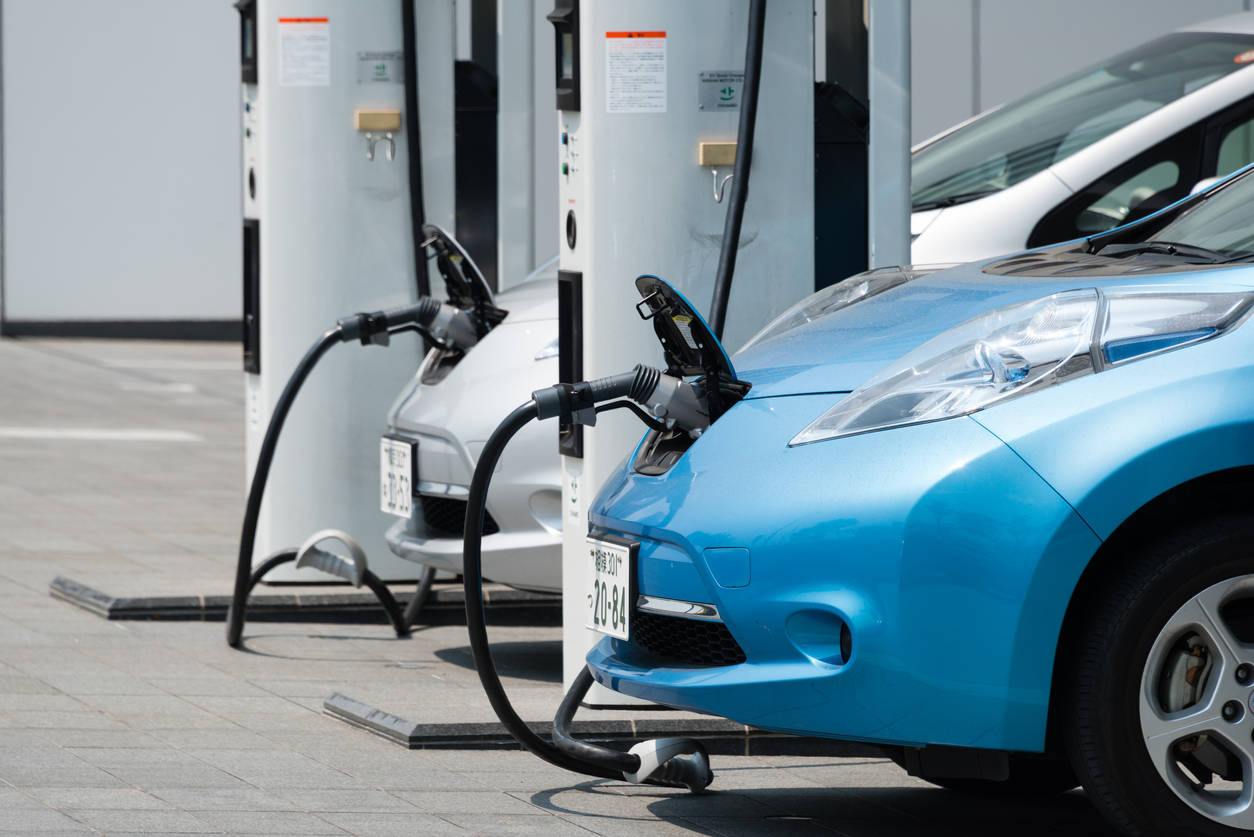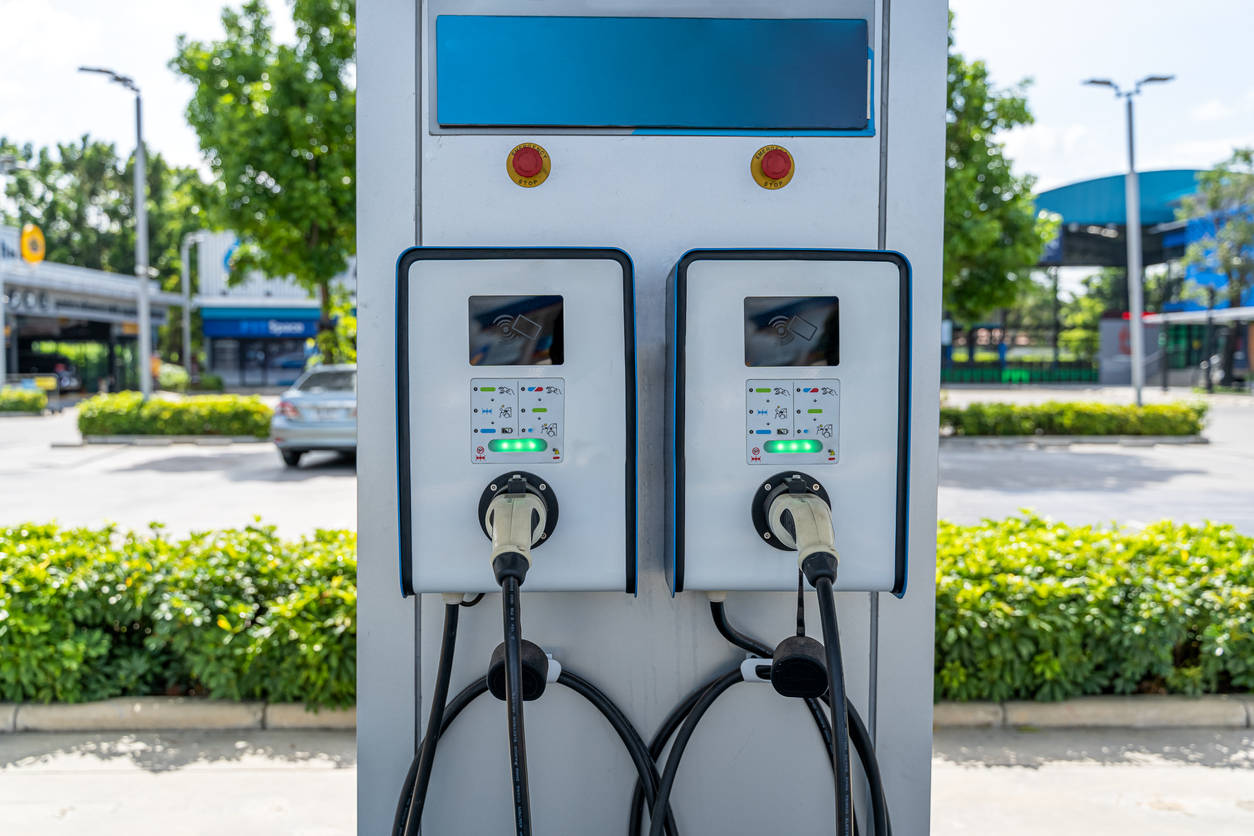
Mumbai: The recent moves of the automotive companies across the value chain on the product line up and investment fronts, and their resolve to go ‘all electric’ have reset the expectations regarding the pace of electric vehicle (EV) adoption and the debate is shifting from “when” to “how fast”, speakers at an EV conference organised by Emkay Global Financial Services in Mumbai on Monday said.
The key takeaways from the conference point to the initial signs of improving EV adoption.
New products from OEMS are expected to drive adoption: Global OEMs already have a wide range of products, which are being introduced either directly (e.g., Mercedes Benz) or through collaborations (e.g., GreenPower).
Many domestic OEMs and startups (e.g, Ather) are indigenously developing and launching products. These launches should drive the evolution of consumer profile from ‘early adopters’ and ‘technophile purchasers’ to ‘mass adopters’ over the medium- to longer term.
Apart from the shift in customer preference from ICE to EV for private use, there is a shift expected in the commercial and shared mobility space (e.g., Yulu) due to superior cost economics. EV penetration should be sooner in two and three-wheelers, while adoption may be gradual in passenger vehicles. Emkay Global expects an increase in competition and margin pressures for incumbents in 2Ws and 3Ws over the next 2-3 years.
Government policies are in the right direction: EV penetration is expected to be driven by stringent emission norms, incentive schemes, well-defined long-term policies, standardization of charging infrastructure and a structured approach to reduce dependency on imports.
FAME-2, PLI and state government EV policies are expected to promote EV demand, improve localization, increase cost competitiveness and develop a complete ecosystem.
Battery manufacturing capacities: New capacities are expected over the medium term as Li-ion battery cost stands at 40-50% of raw material cost and localization is necessary to achieve cost competitiveness.
The government’s PLI scheme for Advanced Chemistry Cells with incentives of Rs 18,100 crores should encourage investments. As EV demand improves over the medium term, capacities would be commissioned, through investments from OEMs, international ancillaries (e.g., Octillion), domestic ancillaries and startups (e.g., Lohum), either on their own or through consortiums.
Due to economies of scale and technological advancements, battery costs are expected to decrease to below USD100/KWH over the medium term. Battery swapping technology can support EV adoption and could be successful for 2Ws and 3Ws.
Lead acid batteries are being used for SLI (Starting, Lighting and Ignition) functions in electric vehicles. In the near term, these batteries may continue to be used, but over the medium to long term, lead acid batteries may be replaced by Li-ion batteries. This will pose a structural risk for companies such as Exide Industries and Amara Raja Batteries.
Component suppliers are gradually adapting to EV transition through indigenous product development or global tie-ups (e.g., Minda Corp, Napino and Tata AutoComp) as components need to be localised under a phased manufacturing programme.
FAME-2 incentives are being provided to OEMs, only if required localisation levels are achieved. The PLI scheme for components with incentives of Rs 57,000 crores should encourage further investments. Based on global experience, only a few existing ancillaries and startups that focus on EV components are likely to benefit, while others lose out. This will pose a structural risk for companies dependent on ICE engine/ transmission components.
Charging infrastructure is being expanded notably by existing power companies (e.g., Tata Power) and startups (e.g., Volttic and Sunergize) in highways, tourist locations, hotels, offices, malls, parking areas, dealerships, residential societies, etc. Similar to global experience, it is expected that over 70% of the charging needs would be met by home charging.
Emkay Global’s positive view on the automobile sector is underpinned by expectations of a strong cyclical upturn, which is expected to last at least for three years.
















